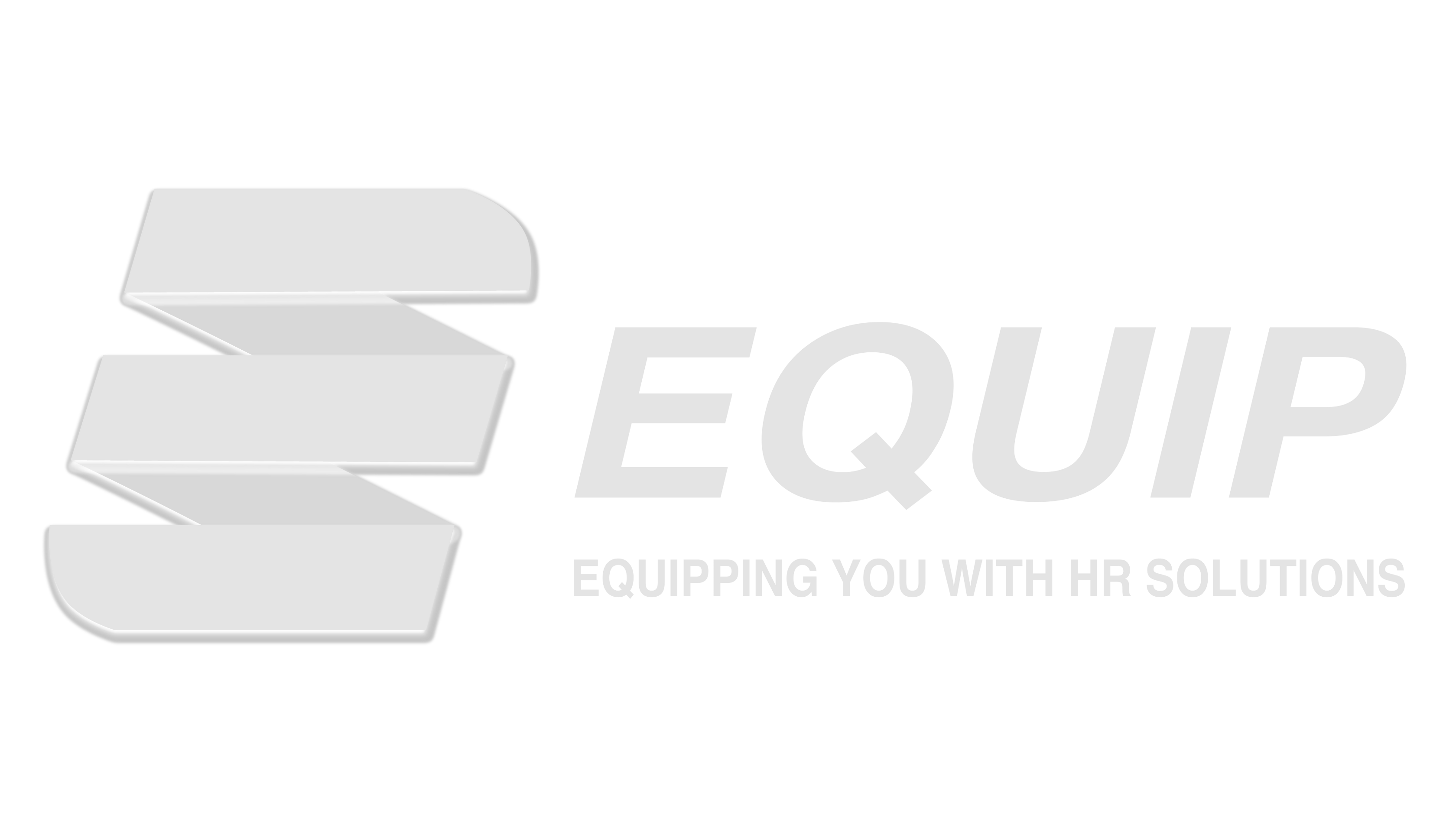Equipping you
with HR Solutions
Our goal is to equip (it’s in our name) businesses with HR solutions that
fit their unique needs, culture and business model.
Equipping You With
HR Solutions
Our goal is to equip (it’s in our name) businesses with HR solutions that fit their unique needs, culture and business model.
HR Forum You
Have an HR topic or question that you would like to discuss? Submit your topic or question here and join us every Tuesday at 3pm EST to answer your HR related questions. Don't have a question? You’re still welcome to tune in!


HR Forum You
Have an HR topic or question that you would like to discussed? Submit your topic or question here and join our Founder, Chase F. Niceley every Tuesday at 3pm EST to answer your HR related question. Don’t have an answer? You’re still welcome to tune in!

Our Mission
To equip businesses with HR strategies to that leads their
people and their business with confidence.
Our Vision
For businesses of all sizes to be equipped with
a human resources function that is compliant and
that creates a culture that motivates high performance.



To equip businesses with HR strategies
to lead their people and their business with confidence.


For businesses of all sizes to be
equipped with a human resources
function that is compliant and that
creates a culture that motivates
high performance.
Our Values

People
People are important.
We value the people that invest their time to
help achieve a business' goals.

Processes
Processes promote consistency.
Clearly defined processes provide
owners and operators clarity to navigate
their people strategy.

Practice
Consistency is crucial.
A consistent practice creates a
culture that people can buy-in to.
Equipping Your Business With HR Solutions
Equip HR Solutions is passionate about three things: People, Processes, and Practice. We believe that a business is only as strong as the processes in place behind their people, and the consistent practice that follows.
Process drives practice. Practice drives culture. And your culture is what drives your results.
-

Fractional HR Support
We offer your business a human resources function at a price that makes sense for your firm. Book A Call -

Leadership Coaching And Training
We are equipped with the experience to deliver trainings of all types to your organization. Book A Call -

On-Call HR Support
Need some advice or someone to talk an HR situation through with? We are just a call away. Book A Call -

Policy and Procedure Development
Crafting policies and procedures can be cumbersome. Allow us to craft these for your business. Book A Call

Don't spend another day wondering where
you should start...
Reach out to us today.
Why spend any more time frustrated due to inefficient and outdated human resources policies and procedures? Contact us today to put your company on a path towards success.
Process Drives Practice. Practice Drives
Culture. Culture Drives Results.
© 2024 All Rights Reserved by Equip HR Solution
Disclaimer | Privacy Policy | Powered By EmpowrSoft™
© 2024 All Rights Reserved by Equip HR Solution
Disclaimer | Privacy Policy |Powered By EmpowrSoft™






